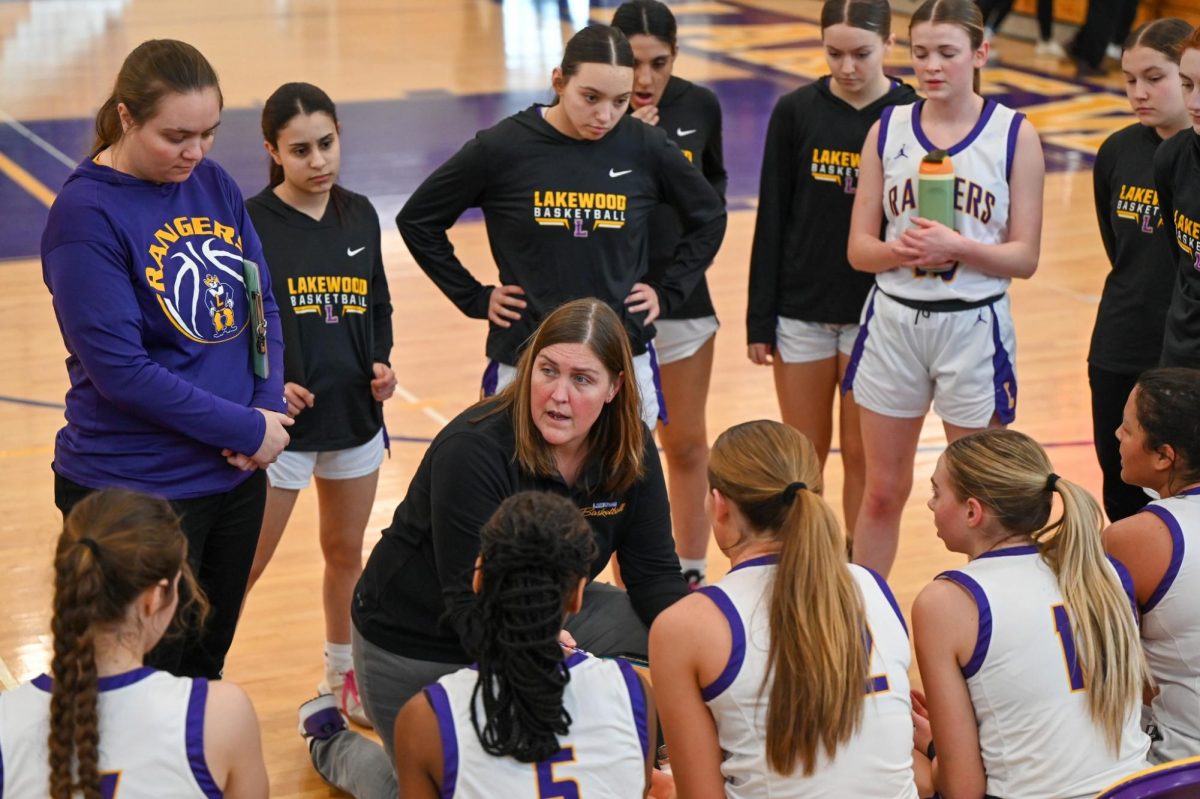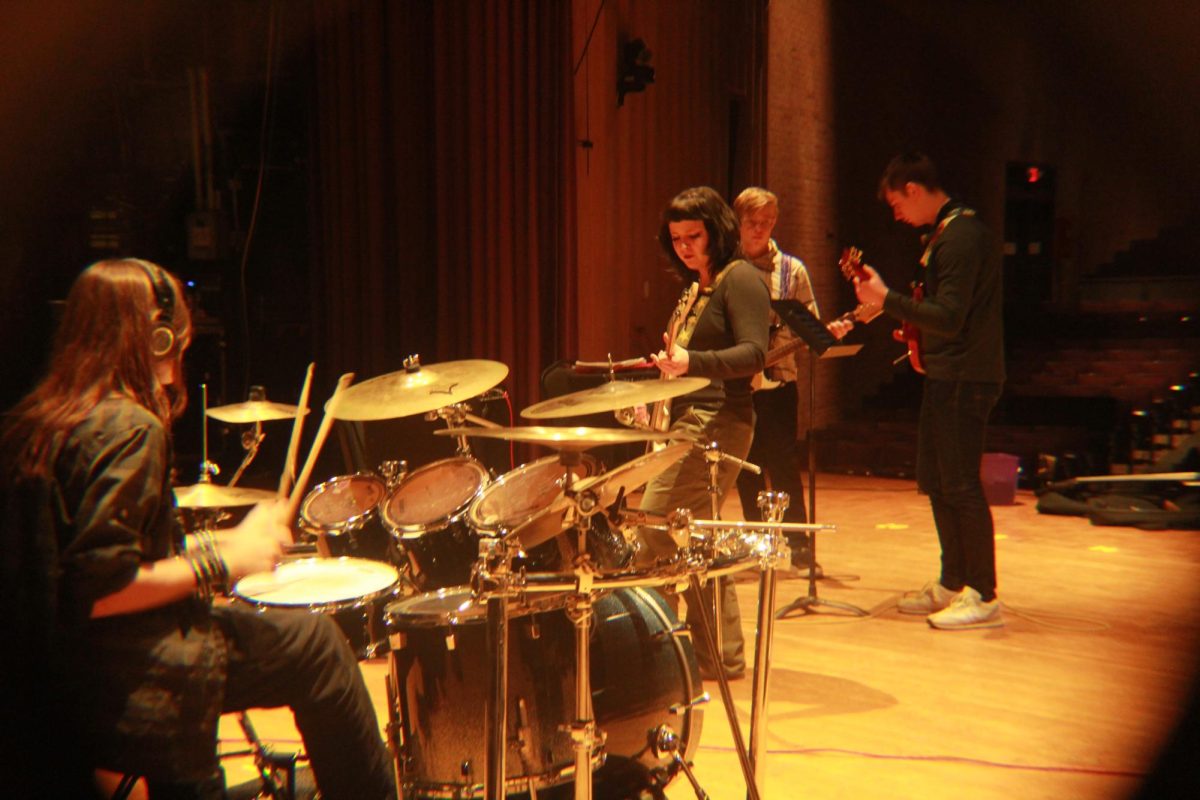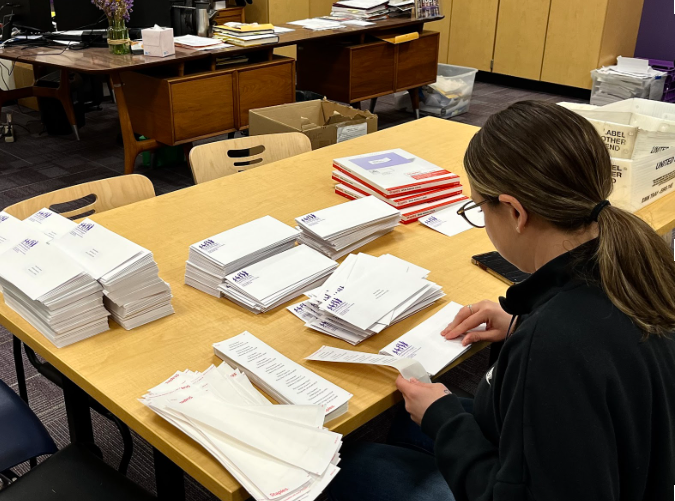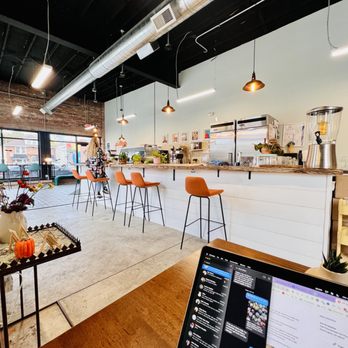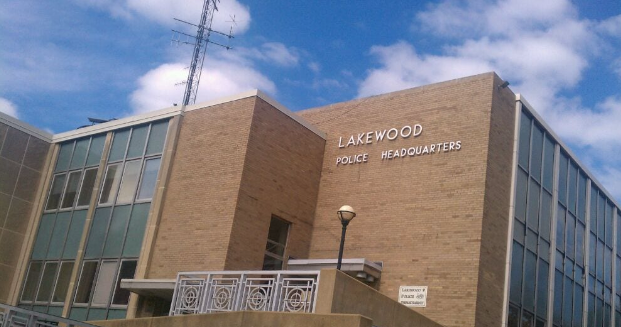Tesla was founded in 2003 and began the race for the electric future with their first Roadster completed in February 2008. 500 more of these Tesla Roadsters were completed through June 2009 and by July the Roadster had major changes which included motor and interior overhauls.
In total, Tesla sold about 2,450 Roadsters in over 30 countries and began to start production on its Model S in June 2012. The production of Tesla’s third car, Model X, was slated to begin in early 2014 but was pushed back to late 2015 due to production difficulties.
Tesla’s newest production vehicle, the Model 3, was slated to be the first mass consumer vehicle for anyone around the world. The first Tesla Model 3s came in July of 2017 and now have reached a total production number of over 230 thousand cars with another 5,800 more per week.
Going right along with the creation of the Model 3s was the building of Gigafactory 1 where batteries and the battery packs for their cars are produced. The Gigafactory now produces 23 GWh of batteries which is equal to almost 20 thousand tons of TNT which is roughly the equivalent of the Little Boy atomic bomb dropped on Hiroshima.
In a tweet by Elon Musk, he said , “There is 35 GWh/yr “theoretical capacity”, but actual max output is ~2/3. It was physically impossible to make more Model 3’s in Q1 due to cell constraints,” which shows Gigafactory 1 still has a long way to go in terms of production efficiency.
The Tesla and Panasonic Gigafactory 1 partnership is expected to output 150 GWh/yr of batteries which would almost double the world’s current output. However, until the Gigafactory 1 battery cell production lines reach their theoretical 35GWh production, no more production lines will be created.
In the race to create more batteries, it has been Tesla’s own production capabilities that have limited the production of their first mass market all-electric vehicle. But with all new things come problems initially, but when they are solved, bigger and better things are bound to come.











